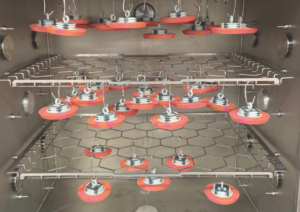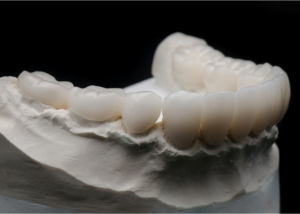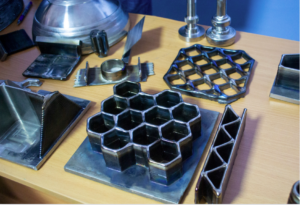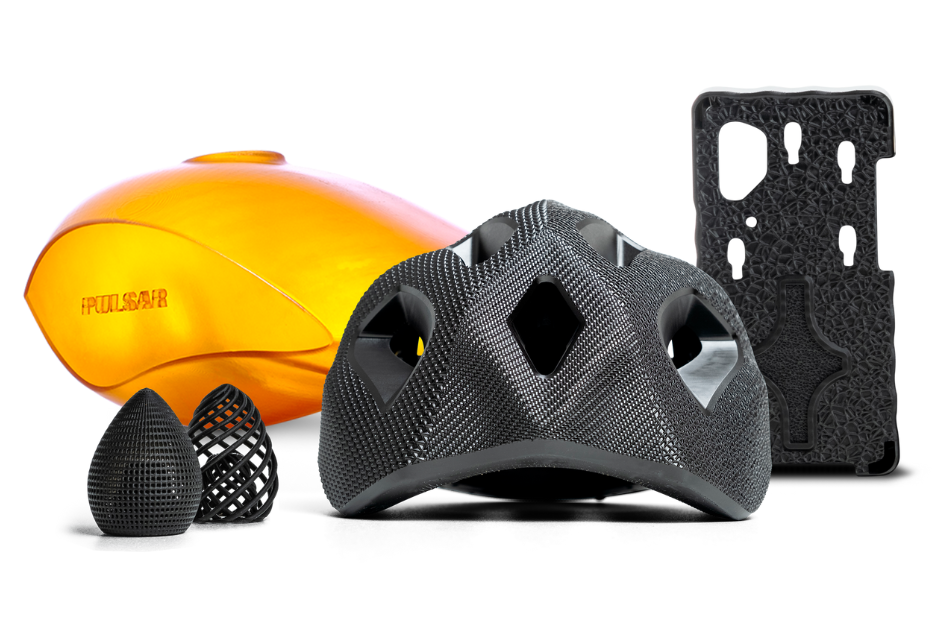
When using a 3D printer, you need to choose the appropriate material for what you want to create.
This is because the strength, appearance, and durability of the finished product can vary greatly depending on the material chosen.
This article summarizes the materials commonly used in 3D printing and details the characteristics of each and which modeling method they are suited to.
For more information about Taiga, click here.Table of Contents
What materials are used for 3D printing?
3D printing uses materials like ink in paper printers.
The type of material used depends on the 3D printing modeling method, as follows
| Molding Method | Type of material used |
| Thermal melting lamination method (FDM method) | filament |
| Optical fabrication method (SLA method, DLP method) Inkjet method (material injection method) | resin |
| Powder sintering method (SLS method) Binder jet method | Powder materials |
It is important to understand the characteristics of the material and to choose the right material for the purpose.
List of materials available for 3D printing
This section describes 20 materials that can be used in 3D printing and the characteristics and properties of each.
ABS resin
ABS resin is a material often used in 3D printing.
Its excellent impact resistance, strength, heat resistance, and chemical resistance make it suitable for manufacturing home appliances and automotive parts.
However, due to its tendency to shrink during modeling, it is recommended to use a 3-printer equipped with a heated bed.
PLA Resin
PLA resin is an environmentally friendly material made from plant-derived raw materials.
The low-temperature molding and low odor during the molding process make it easy for beginners to handle.
However, its hard and brittle nature after molding makes it more suitable for models and prototypes than for practical products.
ASA resin
ASA resin is a material with excellent weather and UV resistance.
It is suitable for manufacturing products used outdoors and parts exposed to sunlight for long periods of time.
It has similar characteristics to ABS resin, but requires specialized equipment for molding due to its high shrinkage rate.
PP resin
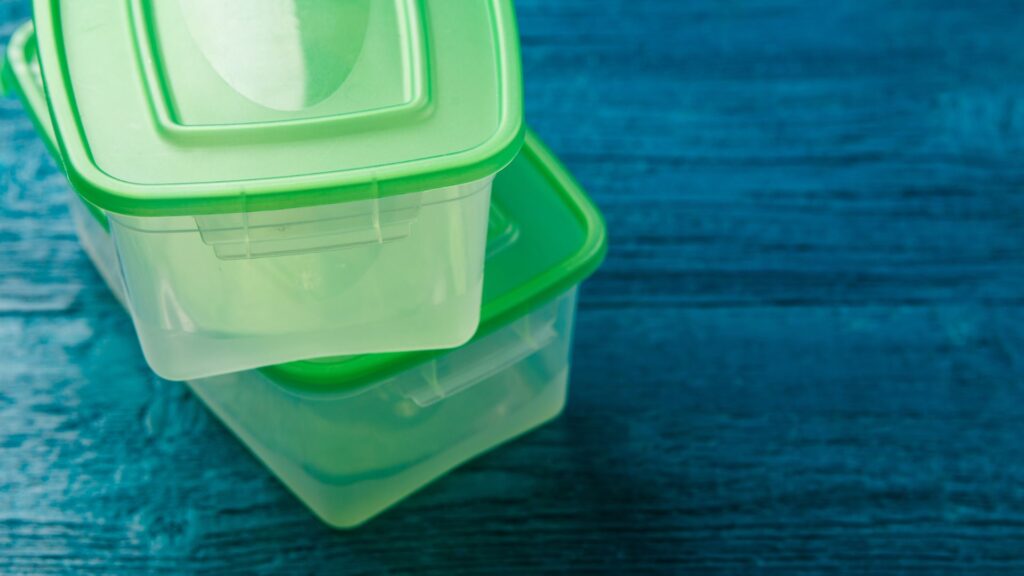
PP resin is a lightweight material with high chemical and impact resistance.
Suitable for applications where hygiene is important, such as food containers and medical equipment.
It is both flexible and durable, but it should be noted that it is prone to deformation during modeling.
PET resin
PET resin is a polyester-based material used for PET bottles.
Because of its high strength, heat resistance, and impact resistance, it is used in a wide variety of applications.
However, it should be noted that it is easily affected by humidity.
Also, keep in mind that 3D printers cannot produce transparent moldings like plastic bottles.
PETG resin, a further reinforced version of PET resin, is another well-known material used in 3D printing.
epoxy resin
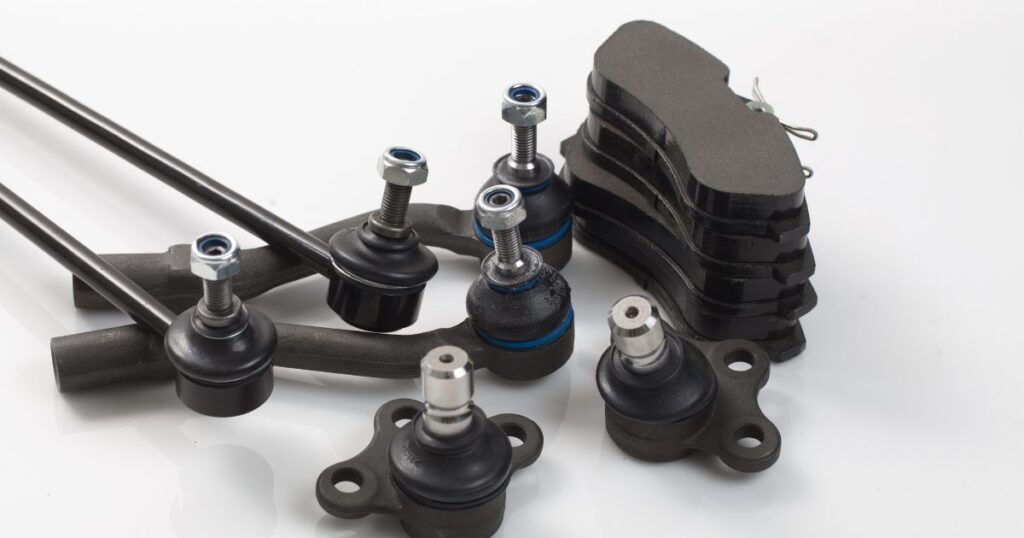
Epoxy resins are suitable for applications requiring high adhesion and chemical resistance. They have high strength and durability after curing and are often used for industrial products and repair parts.
Note, however, that it takes time to cure.
acrylic resin
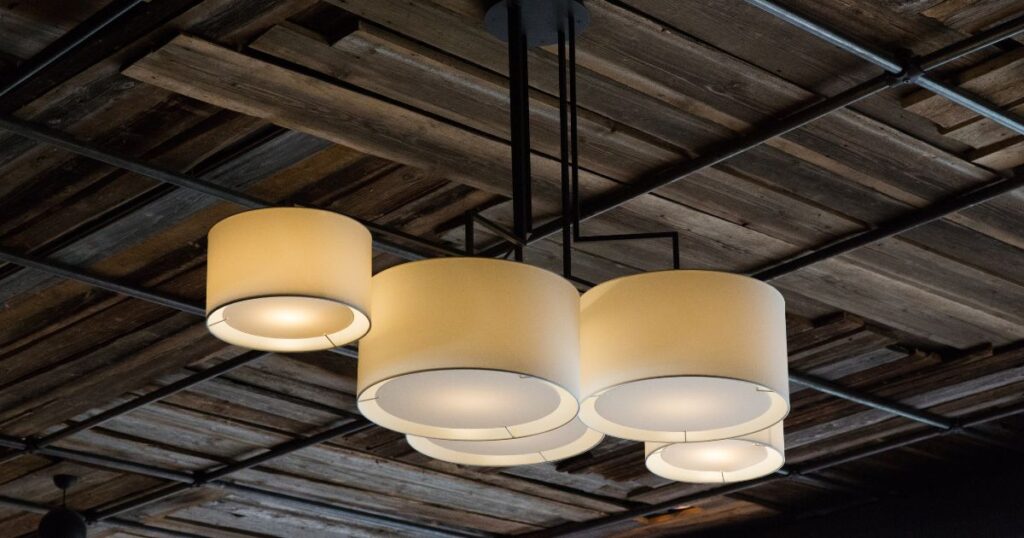
Acrylic resin has high transparency and is easy to process.
For this reason, they are utilized in situations where design is important, such as signboards, lighting fixtures, and display products.
However, it is weak against impact and is not suitable for applications that require durability.
silicone resin
Silicone resin is a flexible and heat-resistant material.
It is widely used in fields where safety is required, such as medical devices and food molds.
It also features high weather resistance and the ability to maintain performance in harsh environments.
Temperature control is important during molding, and precise molding can be achieved by setting the conditions appropriately.
polycarbonate

Polycarbonate is a material that combines transparency and impact resistance.
Suitable for manufacturing products that require strength, such as protective shields, optical lenses, suitcases, etc.
Nylon resin
Nylon resin is characterized by excellent abrasion resistance and flexibility.
Lightweight and strong, it is suitable for manufacturing moving parts such as gears and bearings.
On the other hand, because of its high hygroscopicity, care must be taken to control humidity when storing it.
TPU resin
TPU resin is an elastic and flexible material used in the manufacture of smartphone cases and shoe soles.
In addition to its excellent impact resistance, it is characterized by its high interlaminar adhesiveness, which allows for the production of strong products.
TPE resin
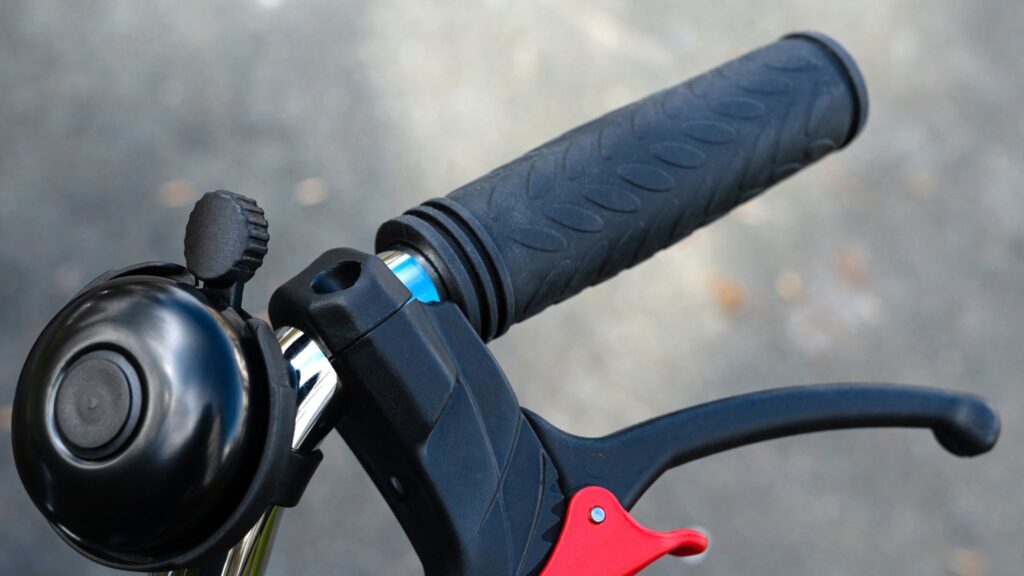
TPE resin is a material with rubber-like flexibility and elasticity, suitable for manufacturing medical tubing and gripping parts.
Also, because it is softer than TPU, it is often used in products that require a tactile feel, such as grips for cutters.
However, due to the harsh processing conditions, it is important to adjust the printer and temperature settings in advance.
PS Resin
PS resin is a material with excellent transparency and workability.
The smooth surface and glossy finish make it suitable for applications that require a high level of design, such as architectural models and display items.
However, it is not suitable for applications requiring strength due to its cracking characteristics.
PU resin
PU resin is a flexible and durable material.
Highly shock absorbent, making it suitable for manufacturing cushioning materials and soundproofing materials.
However, it is sensitive to humidity and temperature changes, so care should be taken in the environment in which it is stored.
elastomeric
Rubber-like is a material with high flexibility and elasticity. It is used for prototype rubber products as well as for the production of gripping parts that require a tactile feel.
On the other hand, it should be noted that it easily deteriorates over time and is not suitable for products that require durability.
Titanium Alloys
Titanium alloy is a high-performance material that is lightweight, strong, and corrosion resistant.
It is widely used in fields that require precision, such as medical implants, aircraft parts, and high-performance automotive parts.
It also has excellent heat resistance and durability, and demonstrates stable performance even in harsh environments.
aluminum alloy
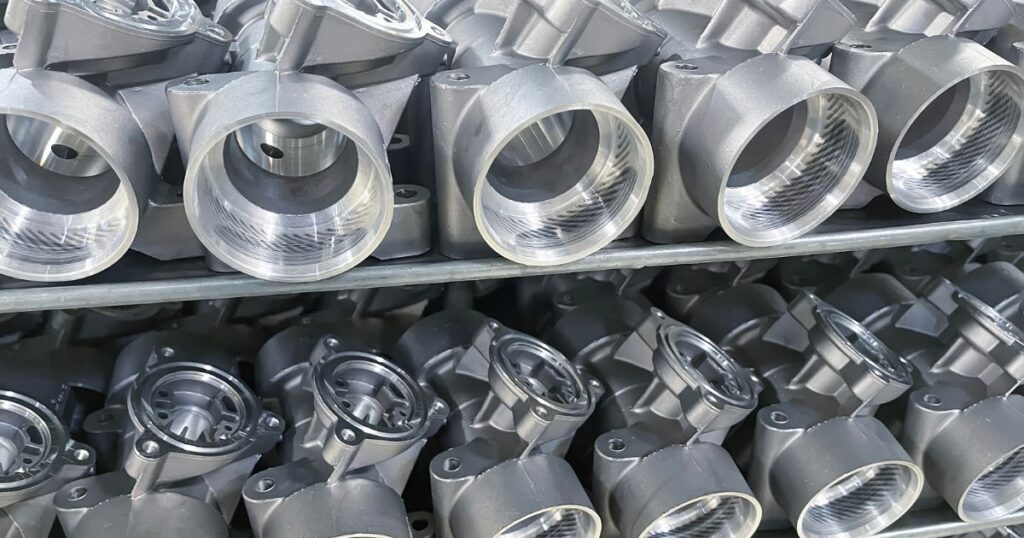
Aluminum alloys are lightweight, easy to fabricate, and have high corrosion resistance properties.
Although its high thermal conductivity requires appropriate temperature control during printing, it is highly machinable and can form complex shapes.
Although design and ingenuity are required to prevent thermal deformation, the versatility of the product has led to its use in many industrial fields.
stainless steel
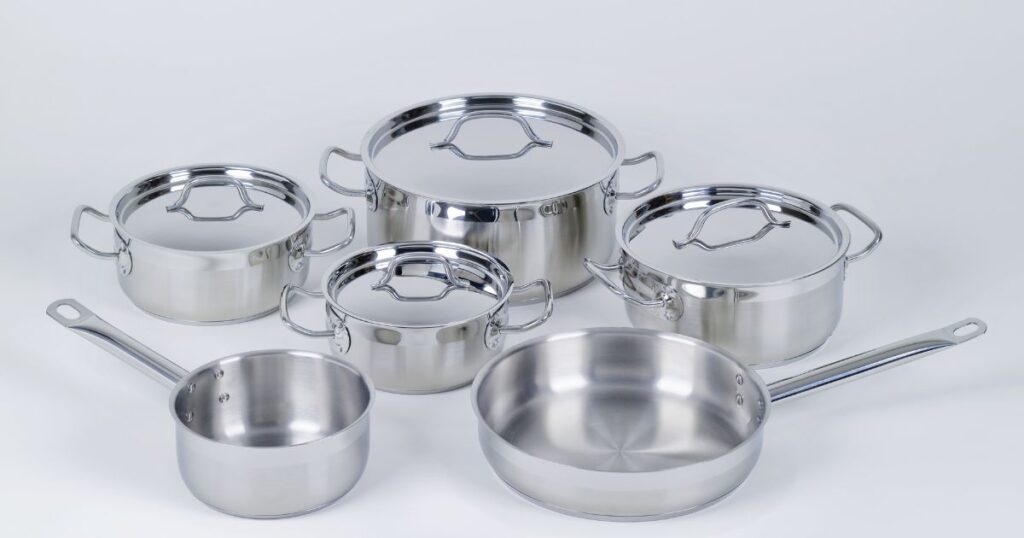
Stainless steel is a material with excellent durability and corrosion resistance.
Because of its rust-resistant characteristics, it is used in the molding of medical instruments, cooking utensils, and other items used in environments where hygiene is required.
However, it is heavier than titanium and other materials, making it unsuitable for large products and applications that require light weight.
plaster

Plaster is a material with characteristics that allow for precise expression of details, and is used for architectural models and artwork.
Although its brittle and shock-sensitive nature makes it unsuitable for products that require durability, a beautiful finish can be expected.
How to choose materials for 3D printing
This section explains how to select materials for 3D printing.
Choose according to the 3D printing molding method
The materials that can be used for 3D printing depend on the modeling method.
The table below summarizes the types of materials used in each molding method and material price quotes.
| Molding Method | Material Type | Price quotes for materials (per kg) |
| Thermal melting and laminating method | PLA resin, ABS resin, ASA resin, PP resin, TPU, PETG, nylon resin, PC resin | 2,000 yen to around 100,000 yen |
| Rapid prototyping | Epoxy resins, acrylic resins, resins, rubber-like | Around 2,000 to 40,000 yen |
| Ink-jet method | Resin, wax, rubber-like, plaster | Approx. 60,000 yen and up |
| Powder sintering method | PP resin, nylon resin, metal | Approx. 10,000 yen and up |
In addition to confirming the 3D printer's modeling method, consider which materials to use according to your budget.
Choose according to what you want to make.
Each material used for 3D printing has different characteristics, so it is necessary to make a choice according to what you want to create.
After understanding the characteristics of the material, decide on the material based on the function and environment required for what you want to make.
Choose from a selection of genuine 3D printers
Genuine materials are optimized for compatibility with printers, resulting in stable modeling and preventing problems.
Particular attention should be paid to the fact that some manufacturers have specifications that do not allow the use of non-original materials.
3D printing also requires support materials
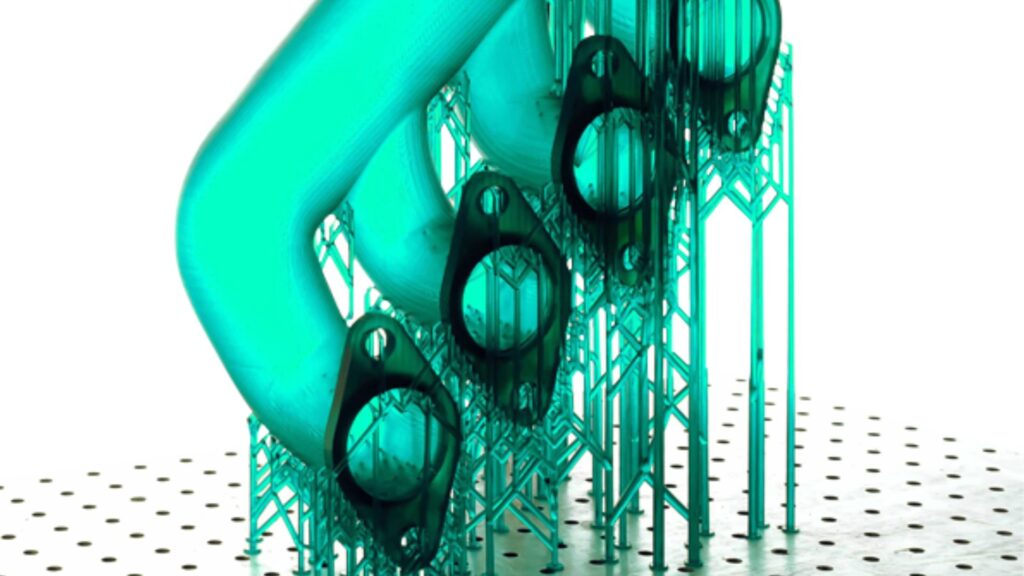
3D printing requires not only the materials that actually form the modeling object, but also support materials during modeling.
Support material is a material used as a support for 3D printers to create models with parts that float in the air, such as a T-shape, H-shape, or circular shape.
Summary
There is a wide range of materials that can be used for 3D printing, each with different characteristics.
Since the strength, appearance, and durability of modeling objects vary greatly depending on the material you choose, it is important to select the appropriate material for your purpose. By selecting materials that match the modeling method and the object you want to create, and if necessary, by using genuine manufacturer's products or dedicated support materials, you can expect high-quality results.
If you are considering manufacturing parts using 3D printing, please contact us! Taiga is a free service that allows you to consult with experienced contractors.
We can efficiently proceed with the development of difficult or new parts, small-lot production, prototyping, and mass production while keeping costs low.
For more information about Taiga, click here.
 0120-987-742
0120-987-742